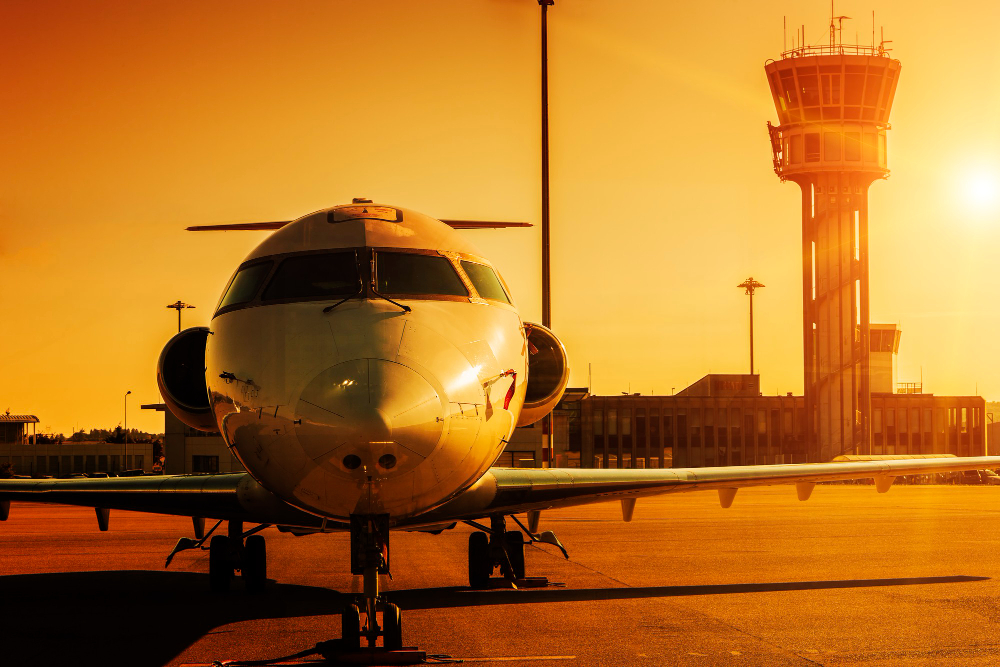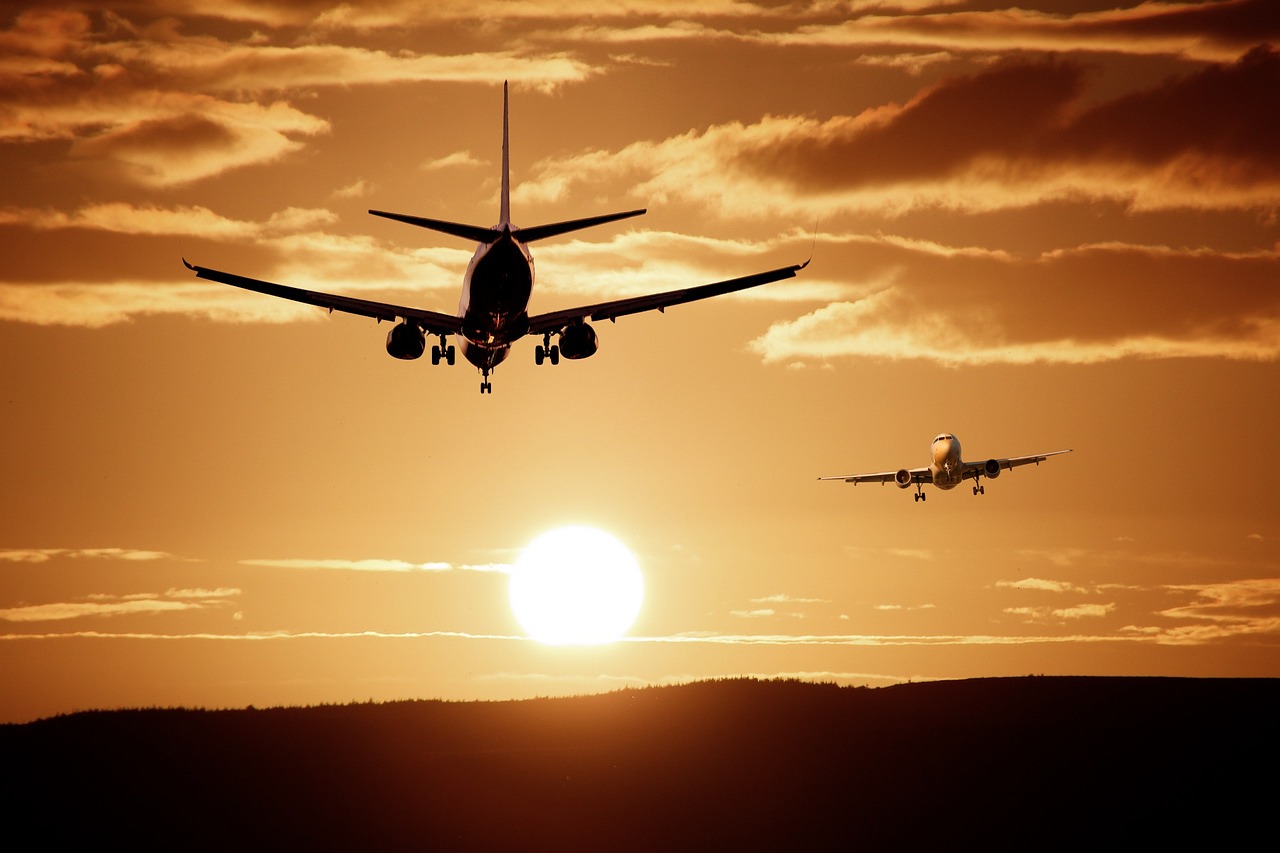As frequent travelers, we've all experienced that unexpected shake or sudden drop in altitude during our flights. It's turbulence, a phenomenon that, while typically harmless, can be nerve-wracking for even the most seasoned flyers. Today, we'll dive into the science behind turbulence to understand why planes shake, and we'll discuss how airlines ensure safety during these periods of flight instability.
What is Turbulence?
In the context of flights and airlines, turbulence refers to the irregular movement of an aircraft caused by changes in air pressure, speed, or direction. It's akin to encountering bumps or potholes on a road trip. However, in the sky, these "bumps" are caused by air currents, weather conditions, or the earth's topography.
The Science Behind Turbulence
Air turbulence happens when a plane moves through different air densities. The Earth's atmosphere is full of layers of air that can be calm or swirling, depending on various factors, including temperature, pressure, and geographical conditions.
There are several types of turbulence that planes can encounter:
Thermal Turbulence: This turbulence is produced by hot air rising from the ground on warm days. It's the same principle that allows glider planes to soar without an engine.
Mechanical Turbulence: This is caused by the physical geography of the earth below. Mountains, valleys, and large buildings can disturb the smooth flow of air, creating a "wake" that can cause a plane to shake.
Clear Air Turbulence (CAT): This type of turbulence is often the most challenging to predict. It occurs at high altitudes (above 15,000 feet) and is caused by fast-moving jet streams.
Wake Turbulence: It is caused by the spinning air or 'vortices' left behind as an airplane moves through the air.
Why Do Planes Shake During Turbulence?
When flights encounter turbulence, the air pressure around the plane changes rapidly. The aircraft is designed to handle these changes by flexing and adjusting to the new conditions. As the plane moves through these varying air pressures, it's the sudden drop or rise in altitude that passengers feel as a shake or a jolt.
Despite how it feels, during turbulence, an aircraft typically only drops or climbs about 20 feet. While that might seem like a significant change, it's minimal compared to the cruising altitude of approximately 35,000 feet for most commercial airlines.
How Do Airlines Handle Turbulence?
Pilots and airline companies utilize sophisticated technology to predict and navigate turbulent air. Weather radar systems, satellite technology, and reports from other pilots help map areas of potential turbulence.
Pilots often try to steer the aircraft around it when turbulence is expected or adjust the altitude to avoid the roughest areas. If necessary, pilots will turn on the "fasten seatbelt" sign to ensure passenger safety. It's always a good idea to keep your seatbelt fastened whenever you're seated, just in case the plane encounters unexpected turbulence.
Airlines also invest in pilot training specifically focused on handling turbulence. Even in the most severe turbulence, trained pilots can safely control the aircraft.
While turbulence can be a bit scary, it's important to remember that it's a normal part of flying. Modern flights and airlines have advanced technology and highly trained pilots to manage these situations. So next time your plane hits a pocket of turbulence, take a deep breath, trust in the science and expertise of your flight crew, and know you're in good hands.

.png)
.jpg)



.jpg)
